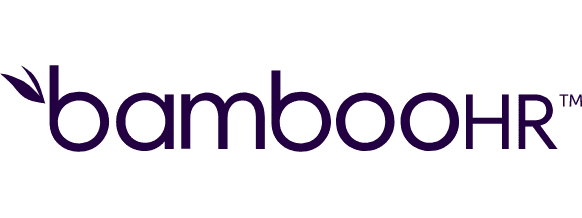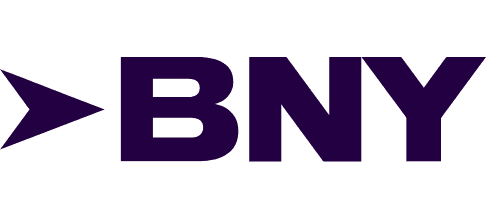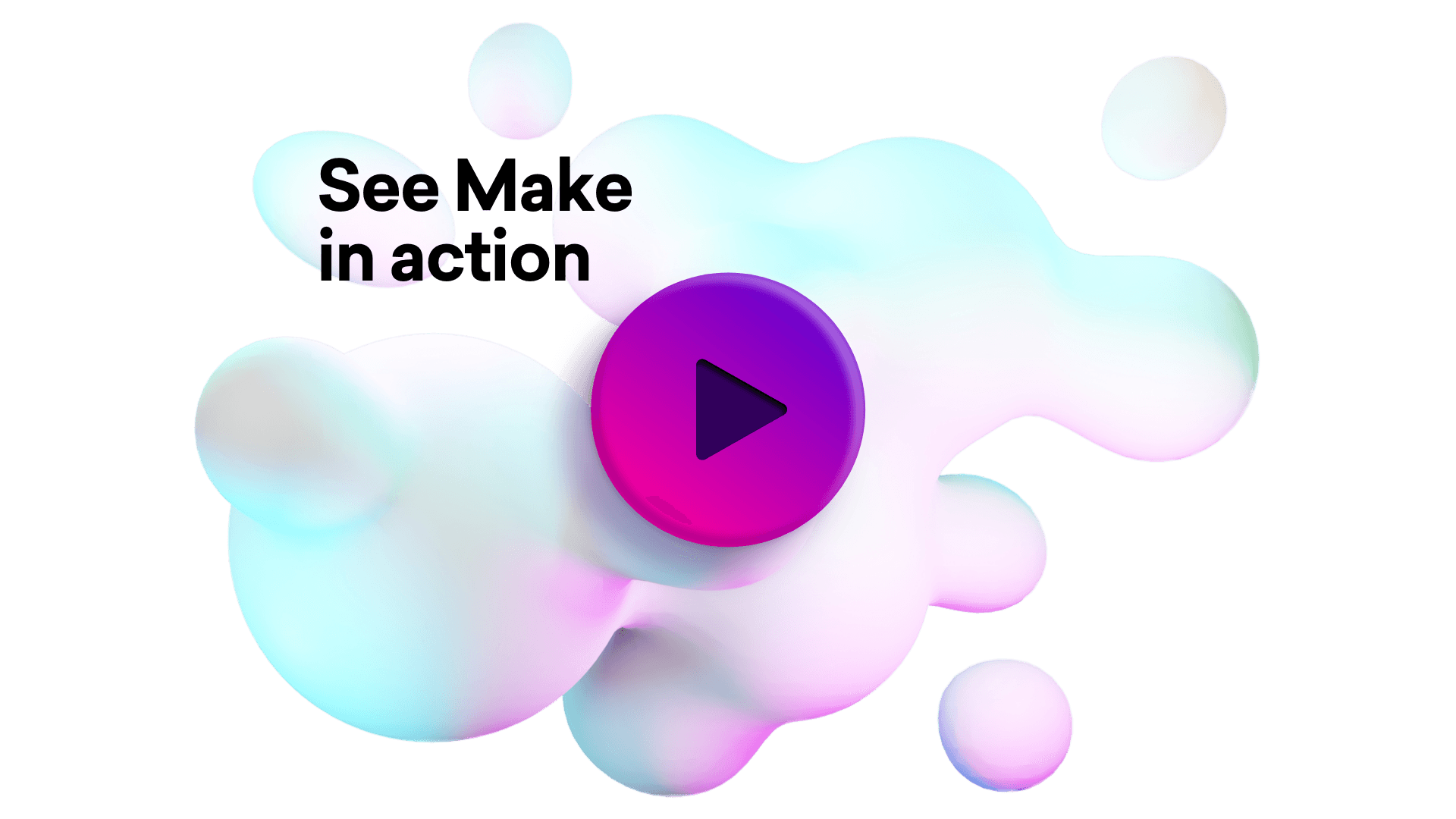Connect Facebook Messenger and Google Cloud Dialogflow ES integrations
Connect Facebook Messenger and Google Cloud Dialogflow ES with any of your favorite apps in just a few clicks. Design, build, and automate anything for your work by integrating apps like Facebook Messenger and Google Cloud Dialogflow ES to create visual automated workflows. Choose from thousands of ready-made apps or use our no-code toolkit to connect to apps not yet in our library.
Trusted by thousands of fast-scaling organizations around the globe





Automate your work. Build something new.
Just drag and drop apps to automate existing workflows or build new complex processes. Solve problems across all areas and teams.

Build your Facebook Messenger and Google Cloud Dialogflow ES integrations.
Create custom Facebook Messenger and Google Cloud Dialogflow ES workflows by choosing triggers, actions, and searches. A trigger is an event that launches the workflow, an action is the event.
Creates multiple entities in the specified entity type.
Creates a context in the specified session.
Creates an agent in the specified project.
Creates an entity type in the specified agent.
Creates an intent in the specified agent.
Removes multiple entities in the specified entity type.
Removes a context in the specified session.
Removes an agent in the specified project.
Removes an entity type in the specified agent.
Popular Facebook Messenger and Google Cloud Dialogflow ES workflows.
Looking to get more out of Facebook Messenger and Google Cloud Dialogflow ES? With Make you can visually integrate Facebook Messenger and Google Cloud Dialogflow ES into any workflow to save time and resources — no coding required. Try any of these templates in just a few clicks.
Detect Dialogflow intents for new Messenger messages
Every time a new message is received on Facebook Messenger, Make will automatically detect the intent with Google Dialogflow API. Then, the intent's output is sent as a reply in Messenger.
TRY IT ->Send messages on Facebook Messenger using a ChatGPT assistant
Respond to Facebook Messenger messages using OpenAI's ChatGPT assistant. Enhance customer interaction by sending AI-generated replies directly through Facebook Messenger.
TRY IT ->Detect Dialogflow intents for new WhatsApp messages
Every time a new message is received on WhatsApp, Make will automatically detect the intent with Google Dialogflow API. Then, the intent's output is sent as a reply in WhatsApp.
TRY IT ->Automatically translate new Facebook Messenger messages with DeepL
Every time a new message is posted in Facebook Messenger Chat, Make will automatically translate it using DeepL and post the translated text back to Facebook Messenger.
TRY IT ->Automatically translate new Facebook Messenger messages with Yandex.Translate
Every time a new message is posted in Facebook Messenger Chat, Make will automatically translate it using Yandex.Translate and post the translated text back to Facebook Messenger.
TRY IT ->Create personalized audio responses for new Facebook Messenger messages
Every time a new message is received in Facebook messenger, Make will automatically create a personalized audio response to the sender via Google Text-to-Speech API.
TRY IT ->Send a Slack notification when a new message is received in Facebook Messenger
Every time a new message is received through Facebook Messenger, a notification will automatically be sent through Slack to a channel of your choice.
TRY IT ->Perform a Dialogflow fulfillment with webhooks (custom response format)
In this example, Make will automatically perform a fulfillment for the ongoing conversation. Then, a webhook response is sent to Dialogflow with a custom JSON format.
TRY IT ->Create Dialogflow entities from new Google Sheets rows
Every time a new row is added to Google Sheets, Make will automatically create a new entity in Google Cloud Dialogflow. This template uses [this example spreadsheet](https://docs.google.com/spreadsheets/d/1aPTmooD8oediEfOmvAeOnNzh6FNSzHjZgQtM3gMYeIE/edit?usp=sharing).
TRY IT ->
FAQ
How it works
Traditional no-code iPaaS platforms are linear and non-intuitive. Make allows you to visually create, build, and automate without limits.






